Description
The Blue Tree Monitor (Varanus macraei), also known as the Blue-Spotted Tree Monitor, is a captivating species of lizard native to the island of Batanta in Indonesia. Here’s a detailed specification sheet for the Blue Tree Monitor, including its physical characteristics, habitat, diet, and care requirements:
General Information
- Scientific Name: Varanus macraei
- Common Names: Blue Tree Monitor, Blue-Spotted Tree Monitor
- Family: Varanidae
- Conservation Status: Not officially assessed, but habitat destruction poses a threat
Physical Characteristics
- Size: Adults typically range from 2.5 to 3.5 feet (76 to 107 cm) in total length, including the tail.
- Weight: Generally, they weigh between 1 to 1.5 pounds (0.45 to 0.68 kg).
- Coloration: Distinctive blue spots and reticulations on a black background. The exact pattern and intensity of the blue can vary among individuals.
- Lifespan: Can live up to 15 years in captivity with proper care.
Habitat
- Natural Habitat: Found in the tropical rainforests of Batanta Island. They are arboreal, spending most of their time in trees.
- Temperature: Prefers warm, humid environments. Daytime temperatures should be between 85°F and 95°F (29°C to 35°C) with a basking spot around 100°F (38°C). Nighttime temperatures can drop to around 75°F (24°C).
- Humidity: High humidity levels of 70% to 90% are ideal. Regular misting and a humid substrate can help maintain these conditions.
Diet
- In the Wild: Their diet consists mainly of insects, small mammals, birds, and eggs.
- In Captivity: A varied diet of insects (crickets, roaches, mealworms), small rodents, and occasionally eggs. Supplementing with calcium and vitamins is important to prevent deficiencies.
Captive Care Requirements
- Enclosure Size: A large, vertical enclosure is necessary due to their arboreal nature. A minimum size of 4 feet long, 2 feet wide, and 6 feet high is recommended for an adult.
- Substrate: A mix of soil, peat, and bark that retains moisture well. The substrate should be deep enough to allow some burrowing.
- Climbing Structures: Plenty of branches, vines, and shelves to climb on, as well as hiding spots to mimic their natural environment.
- Lighting: UVB lighting is essential for their health, aiding in calcium absorption and preventing metabolic bone disease. A 10-12 hour light cycle mimics their natural environment.
- Water: A large water dish for soaking and maintaining humidity. Ensure fresh, clean water is always available.
Breeding
- Mating Season: Typically correlates with the rainy season in the wild, but in captivity, it can be triggered by increasing humidity and temperature.
- Clutch Size: Females can lay between 3 to 6 eggs per clutch.
- Incubation: Eggs should be incubated at a temperature of 85°F to 88°F (29°C to 31°C) with high humidity, taking about 160-190 days to hatch.
Health and Maintenance
- Regular Check-ups: Regular veterinary visits are recommended to monitor health.
- Common Health Issues: Respiratory infections due to improper humidity, metabolic bone disease from lack of UVB lighting or calcium, and parasitic infections.
- Handling: Blue Tree Monitors can be skittish and may not enjoy frequent handling. With regular, gentle interaction, they can become more accustomed to human presence.
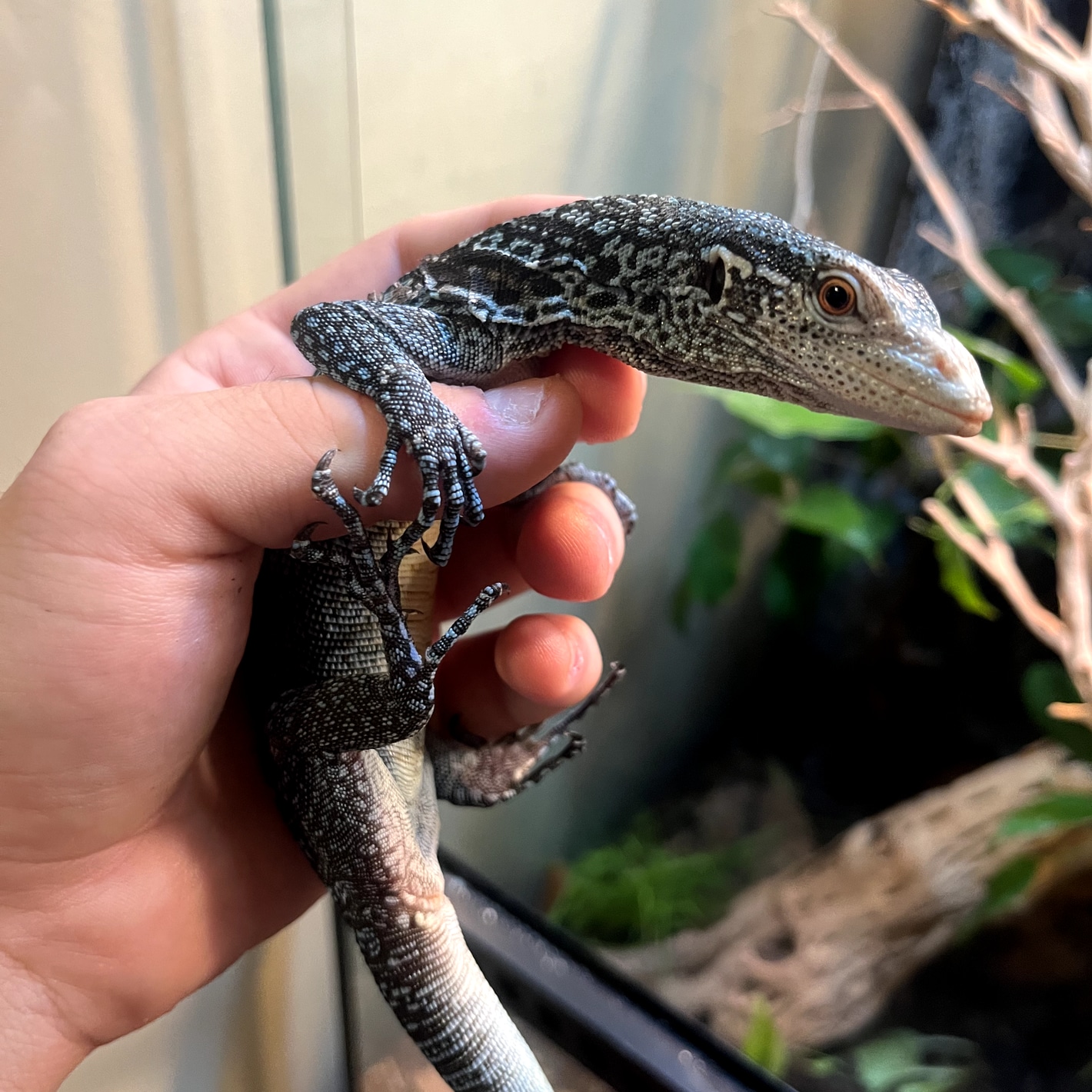
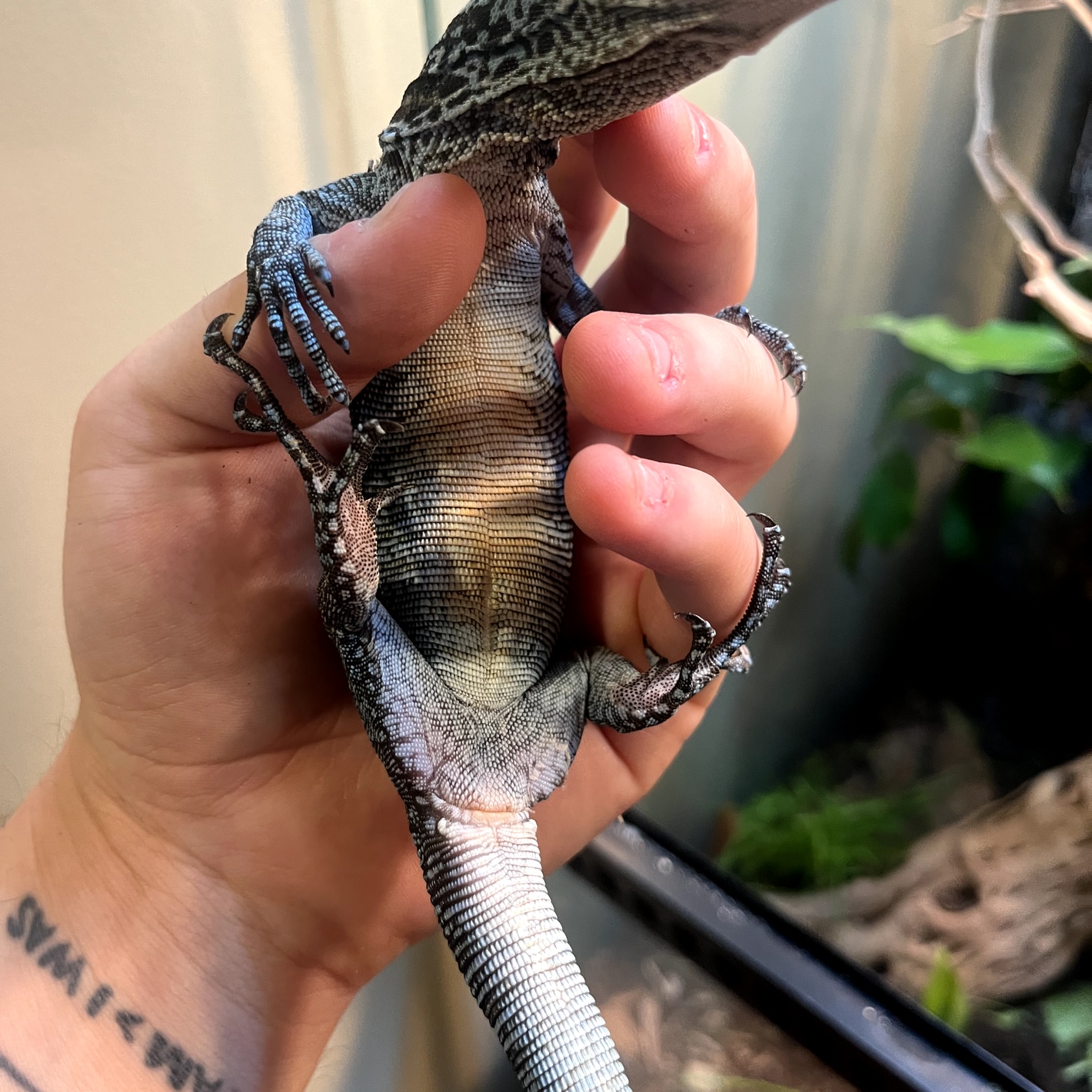

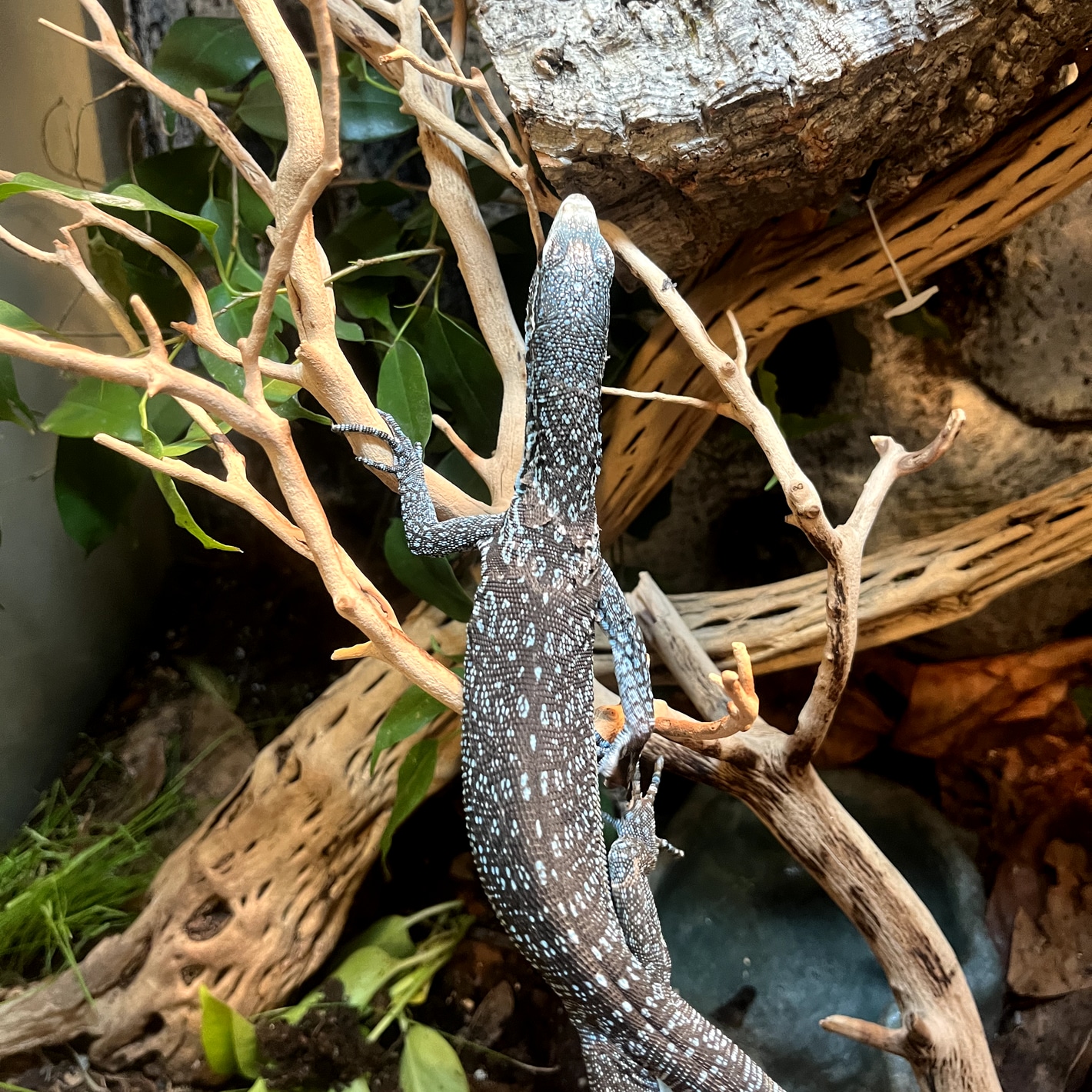
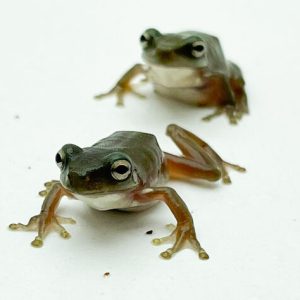
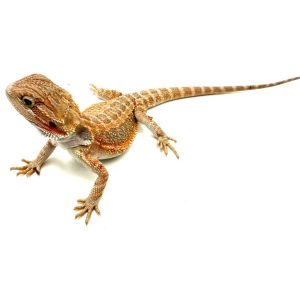

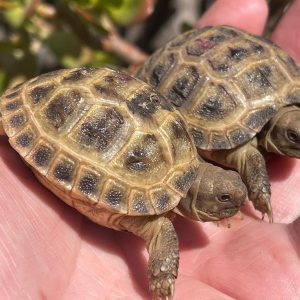
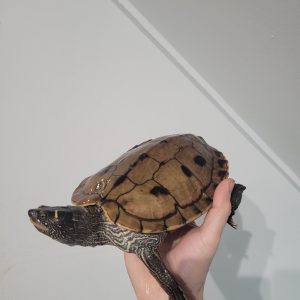
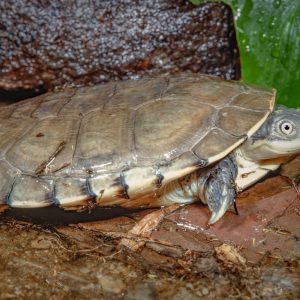
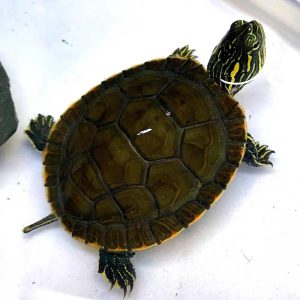
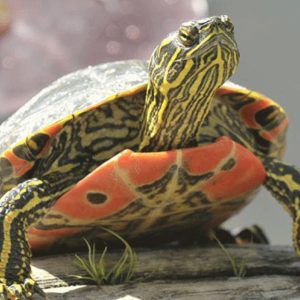
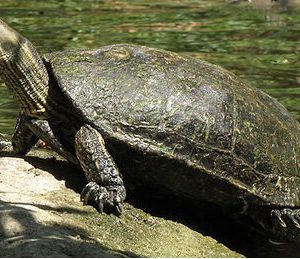
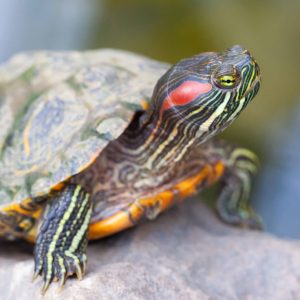

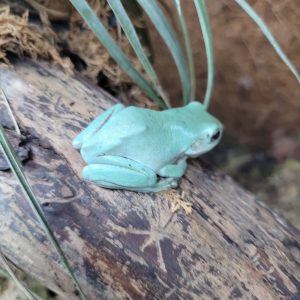
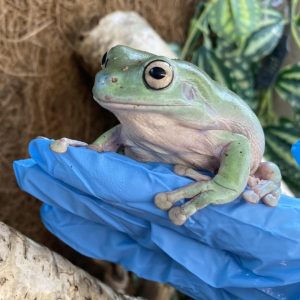

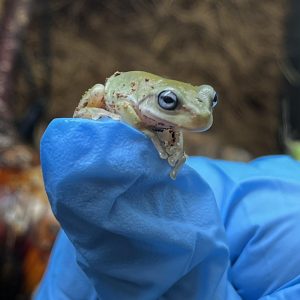
Reviews
There are no reviews yet.